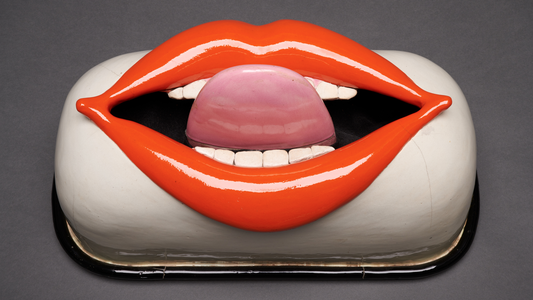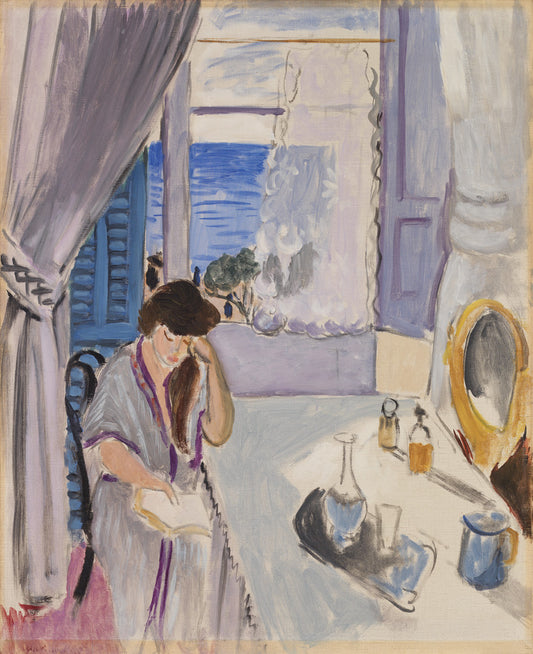“It took me four years to paint like Raphael, but a lifetime to paint like a child.”
– Pablo Picasso
I have always had a dream of creating a studio space for kids to learn and play about art with their parents or friends - Charlie’s Art Factory, I would call it. There is something pretty magical about watching kids explore their inherent creativity, before they’re told they either are or aren’t creative by society or they identify as an artist or not personally. We can all learn a lot from kids when it comes to great art. Take it from Pablo Picasso. One thing that I’ve learned in particular as a parent is that my kids have a lot to teach me about colors, especially what they’re feeling. Having an ongoing dialogue about color with them can really enhance self expression and honesty around emotions, and I think there are ways to build this into play and the day-to-day in a really great way. Maybe someday Charlie’s Art Factory will happen, but in the meantime, here are some tips on how to bring art and color theory into your home and into play with kids:
In simple terms, color theory is the study of how colors work together and how they affect our emotions and perceptions. I like to think of color theory as a toolbox for artists, designers, and creators that helps them choose the right colors for their projects.
Here are some really fun ways to incorporate color theory into your playtime:
- The basics - Playing with wooden blocks of all shapes, sizes, and colors is a great way to introduce your child to the basic color wheel. These may already be in your home: think stacking rings of the rainbow colors that fit over the post in ascending order, the colorful shaped blocks that fit into their corresponding shaped holes, the little wooden figures, legos. From a materials perspective, we tend to like wood vs. plastic, for the quality of the build and material and reduction of plastic parts for the environment.
- Teach your child (for kids age 5+) some simple definitions like hue and saturation. Hue is the attribute of a color by virtue of which it is discernible as red, green, etc. Color saturation refers to the intensity of color in an image. As the saturation increases, the colors appear to be more pure. A fun game to play here is what we like to call - What kind of blue? Have your child identify a color, in this case blue, and then encourage them to describe what kind of blue. Is it cobalt, turquoise, cerulean, royal? Show them the different colors online and identify why they are different, i.e, this one has a little more white or a little more green than that one. After doing this for a year or two our daughter started to recognize these specific colors on her own and started expressing her emotions with them. “Mommy today I feel a little blue, like cerulean blue..” OK!
- Make your own grayscale or color scale using basic watercolors or acrylic paints. One of the first lessons in color theory is to make a grayscale or color scale. This is a simple way for your child to learn the differences and scale of one color. Draw 10 lines approximately 1 inch wide x 3 inches long on a piece of paper or card stock and start with pure black, painting the first unit with this color. Next, add a little pure white and paint the next unit, add a little more pure white and so on until the 10th and final unit is all white.
- Paint Chips! Next time you head to Home Depot or Lowes, hit the paint section with your kiddo and check out the paint chips. Grab a handful of colors you both like (maybe buy some paint or brushes too?) and bring them home for some fun games. Lay the chips out by hue and have your child identify which ones they like best in order and have them talk about why. Why do they like the ones they do and what do they like less about the others? Also the paint chips have incredibly creative names and kiddos love to connect with that as well. Some examples:Raspberry Crush, Seaweed Salad, Mega Blue, Deep Viridian, Queen’s Violet and more really allow their imagination to run wild and you’ll see emotions and reaction unfold as they interact with the chips.




